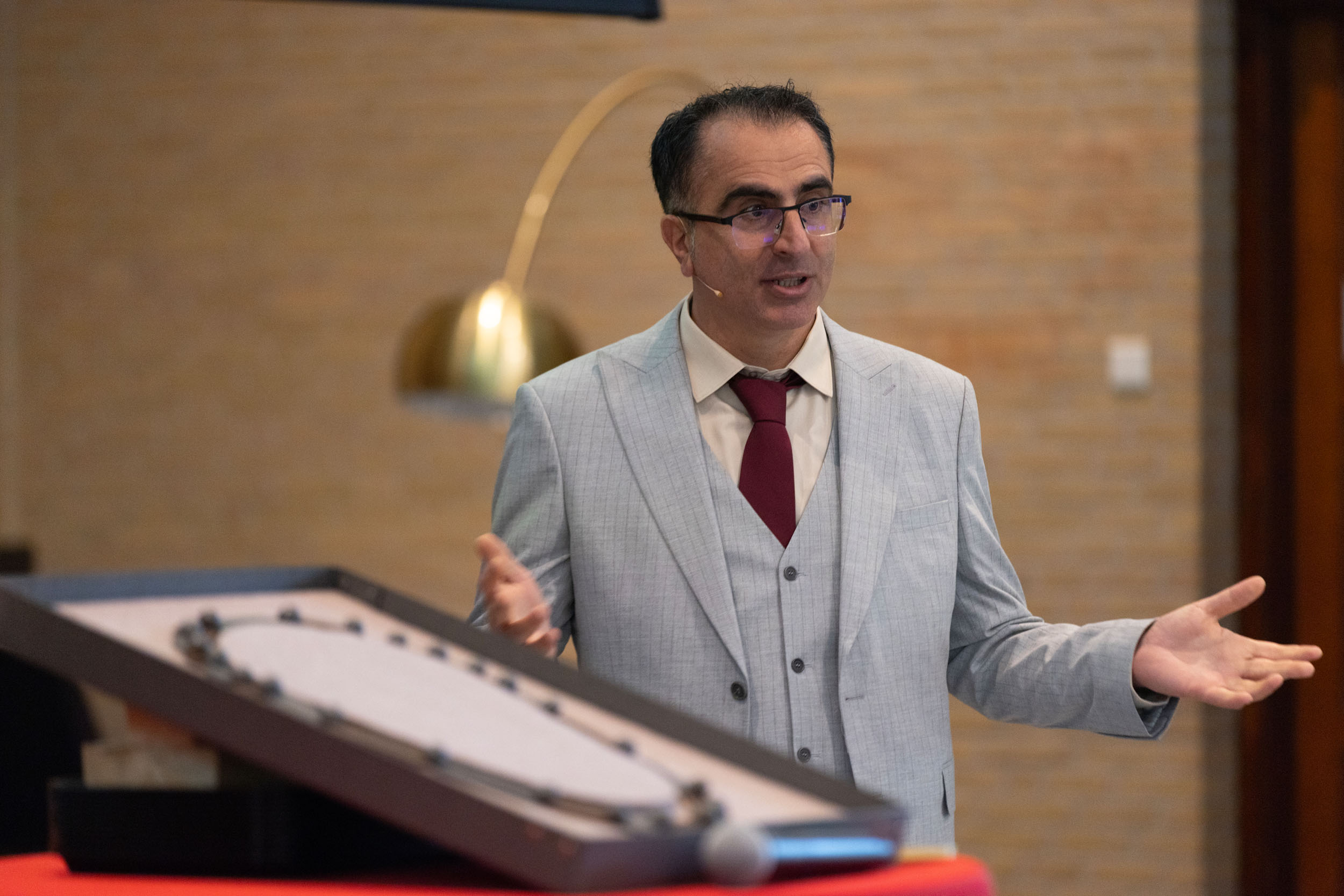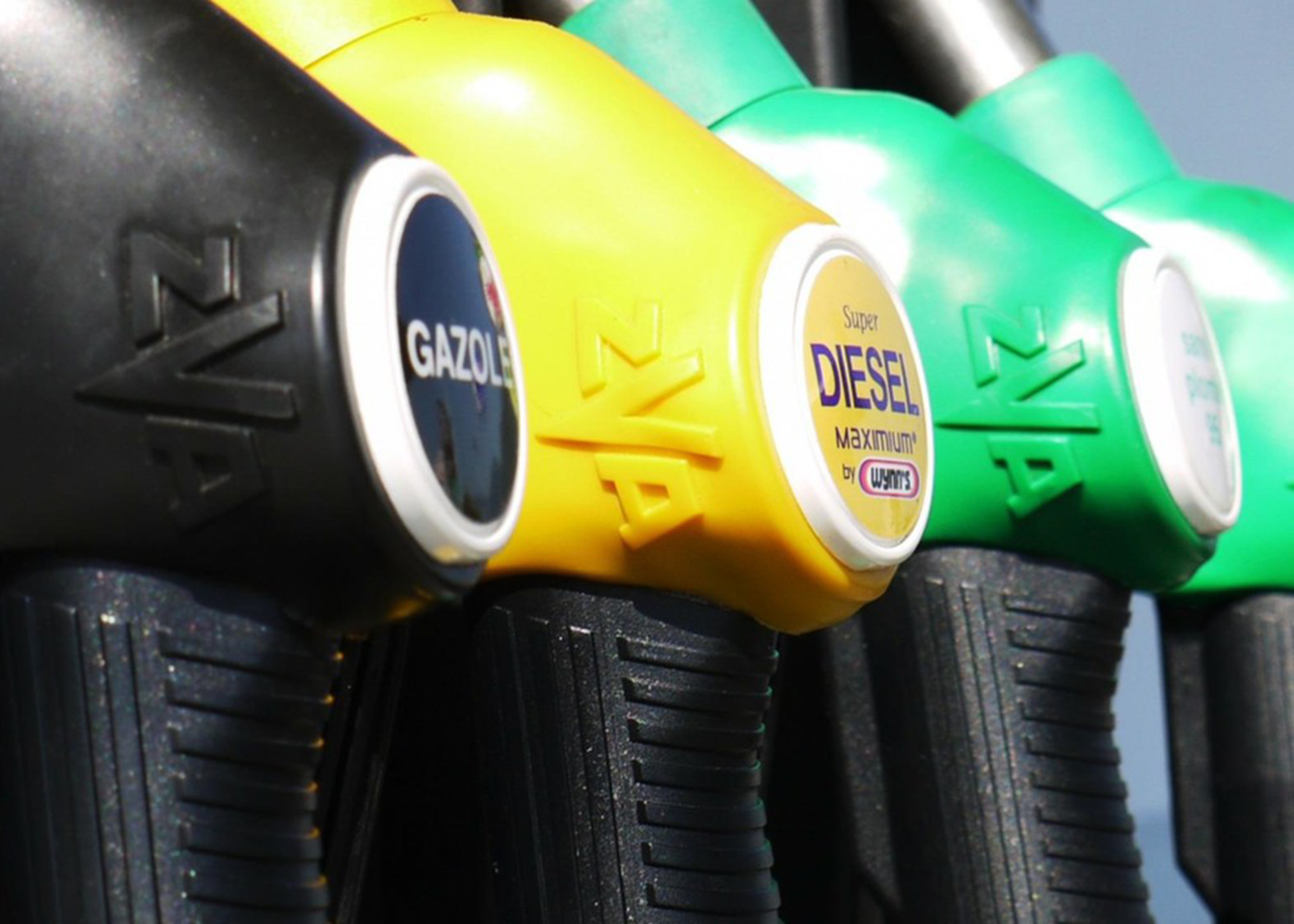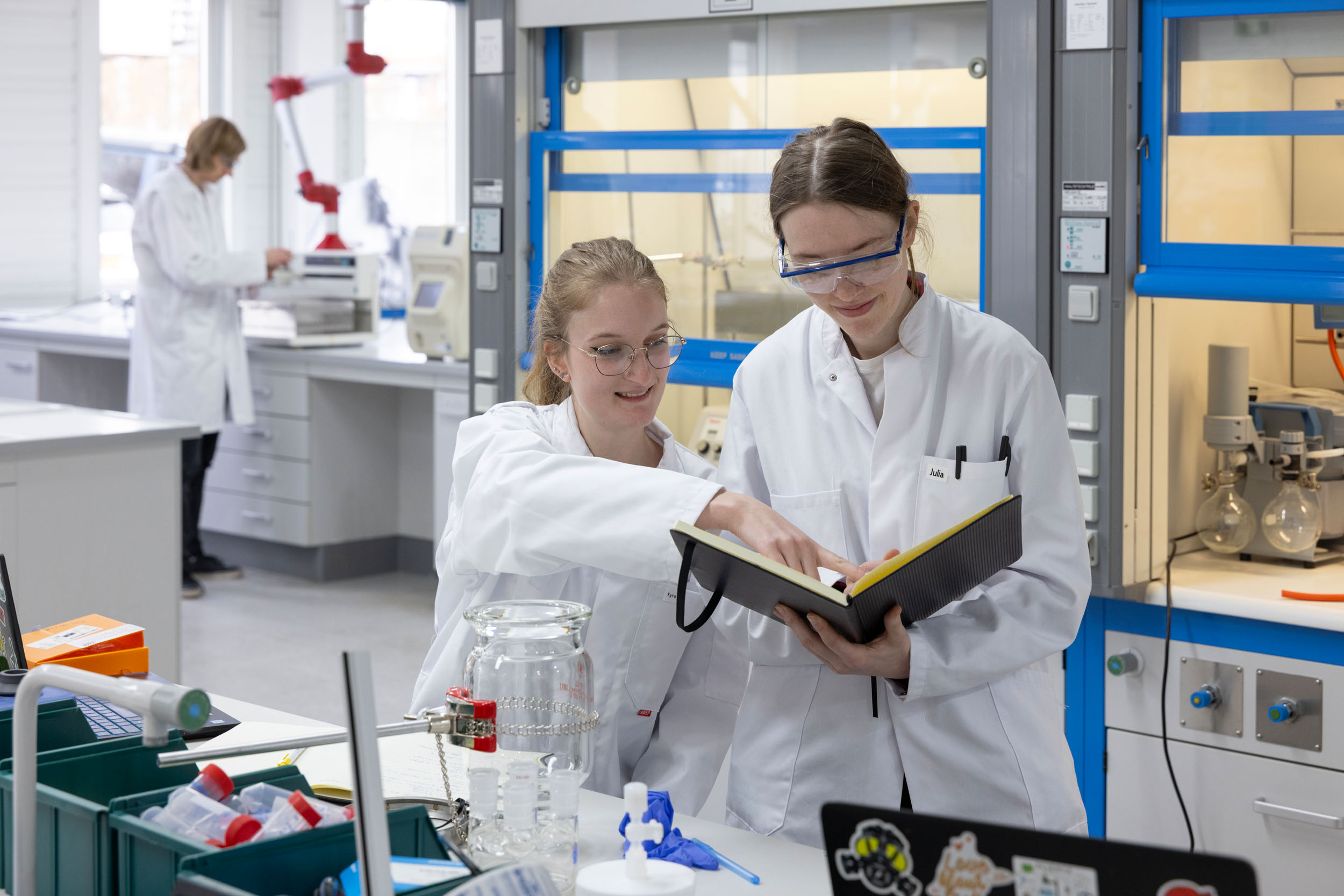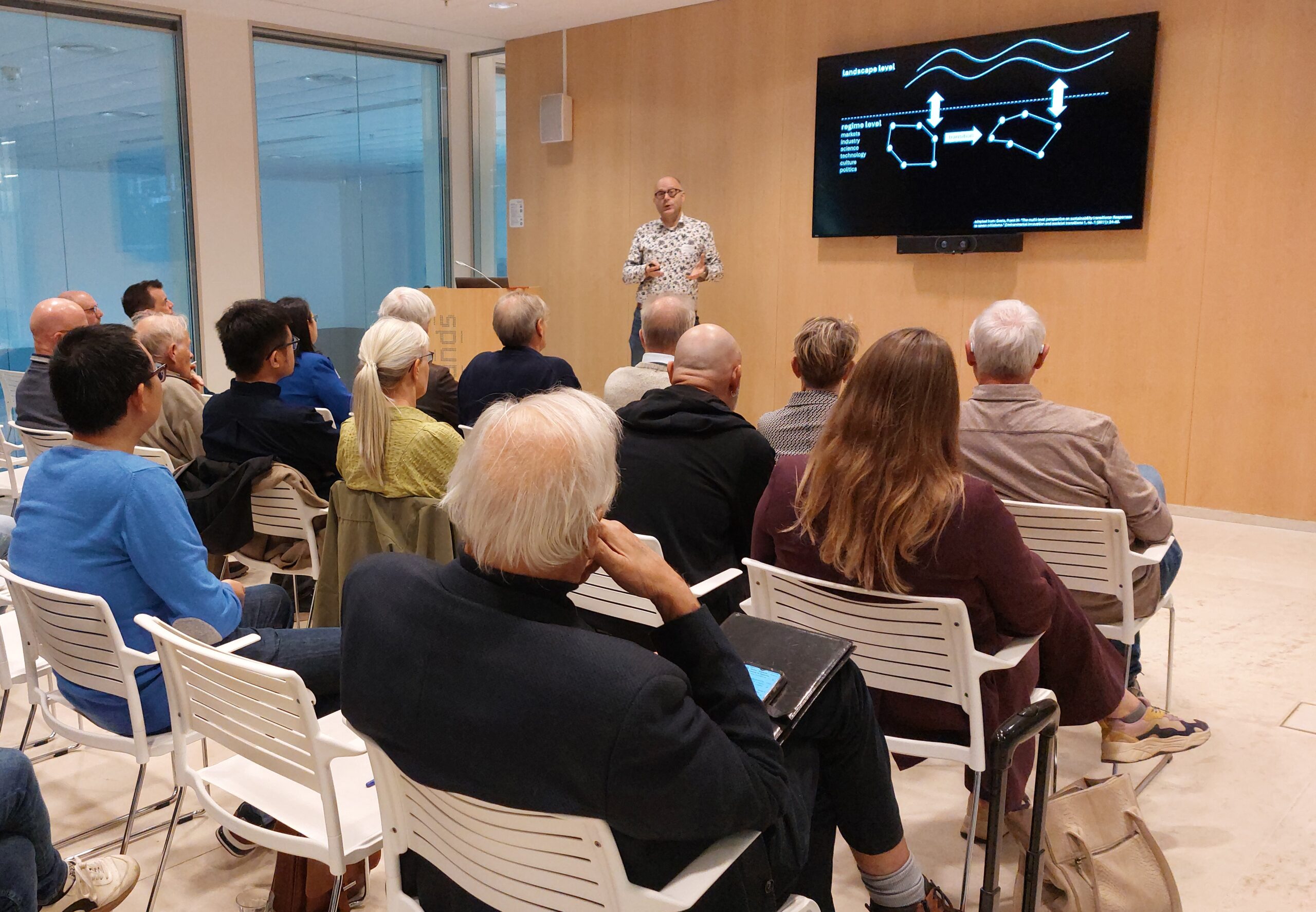The name of your professorship may raise some questions. Can you explain what renewable energy carriers are?
“Renewable energy carriers are substances or materials that can store and transport energy from sustainable sources. For example, you can convert surplus electricity from solar or wind into an energy carrier such as hydrogen or a synthetic fuel. That energy can then be used later or in a different place. Renewable energy carriers therefore make it possible to use clean energy where and when you need it – not only at the moment it is generated.”
Why is that so important?
“Because sources like solar and wind don’t provide a constant supply of energy – you can’t simply ‘switch them on’ when you need them. On a sunny or windy day, we may generate more electricity than we need at that moment, while on other days it’s not enough. With energy carriers, we can store that surplus and use it later. This makes our energy system much more flexible and reliable. And that flexibility is essential if we want the energy transition to succeed.”
Why do you personally want to contribute to this transition?
“I was born and raised in Iran, where I saw firsthand how climate change had direct consequences – such as persistent droughts in areas where that had never happened before. That experience motivated me as an engineer to find solutions to this enormous problem. My studies began in Iran, where I earned my bachelor’s and master’s degrees in engineering. In 2012, I moved to the Netherlands for PhD research on energy systems and sustainability. That’s when I truly realized the scale of the climate challenge. In the Netherlands you may notice it less, but in many other parts of the world climate change is already causing major social and economic problems. That makes my work even more urgent.”
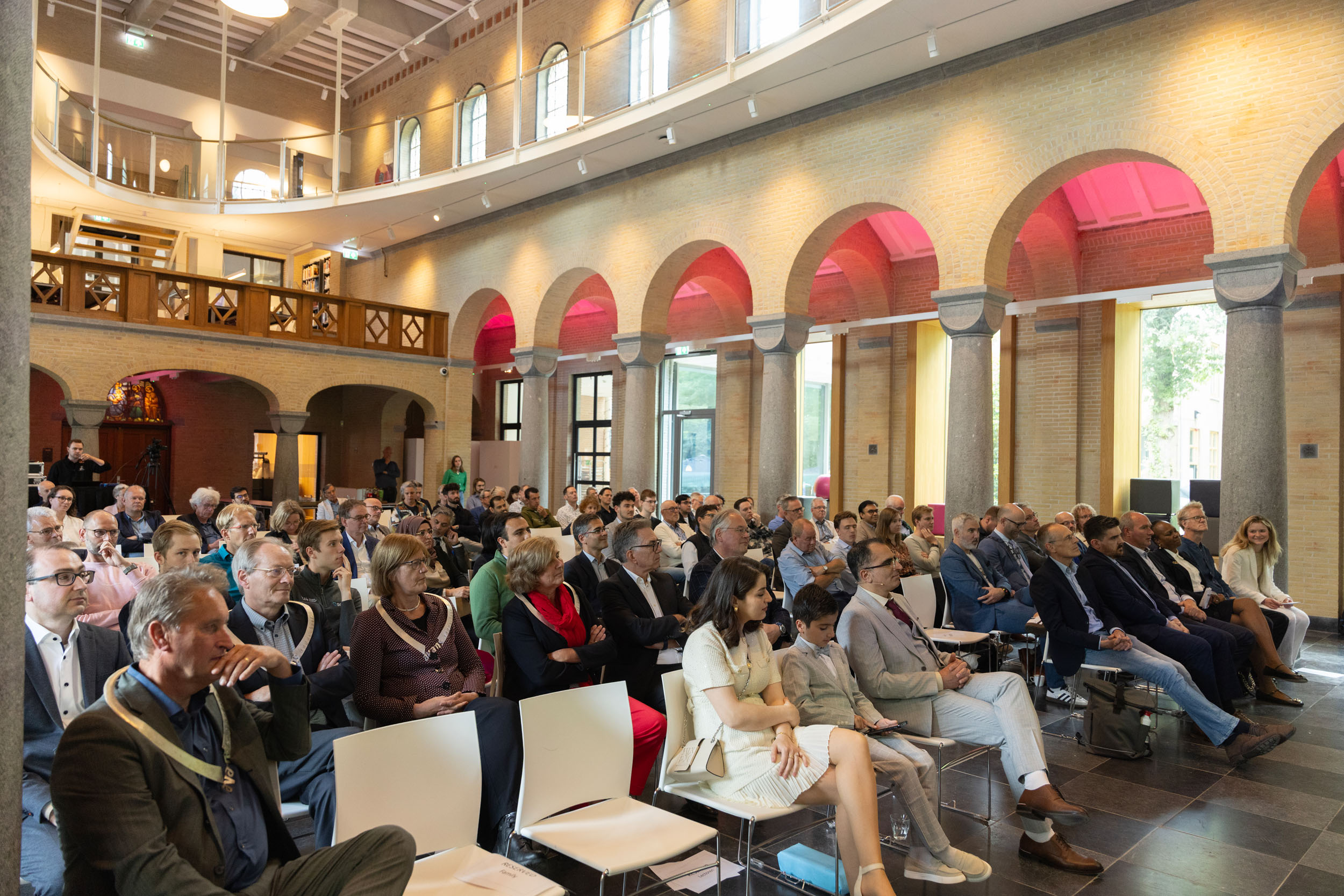
You combine your role as professor with your work as an engineer at consultancy firm Witteveen+Bos, where you help clients with complex energy challenges.
“That’s exactly the strength of my position. The professorship in Renewable Energy Carriers is part of the Centre of Expertise MNEXT, where we conduct practice-oriented research on the materials and energy transition. At the same time, through Witteveen+Bos, I work directly with companies and see what’s happening and what’s needed to drive the transition forward. This combination enables me to connect students, researchers, and businesses. Together we work on solutions that are not only theoretically interesting but also directly applicable in practice.”
Hydrogen receives a lot of attention. Is it really the key to the energy transition?
“Hydrogen is not a silver bullet, but it is an indispensable part of the solution. It is especially important in sectors where direct electrification is difficult or impossible – such as heavy industry or international transport. Of course, it has to be green hydrogen, produced with renewable electricity. Otherwise, we would still be emitting CO₂. Green electricity is limited in supply, so we need to use hydrogen smartly and efficiently. In the end, it’s not about one single solution, but about the right mix of technologies for a low-carbon future.”
Why is electrification so difficult in the sectors you mentioned?
“It’s due to the enormous energy demand and technical requirements in those sectors. You can’t simply power an airplane or cargo ship with batteries – they are too heavy and don’t yet provide enough energy for long distances. And heavy industries such as steel production require extremely high temperatures, which you can’t easily achieve with electricity alone. In such cases, molecular energy carriers such as hydrogen or ammonia are a better alternative. They can be combusted or used in industrial processes to deliver the necessary heat or energy.”
What are the biggest challenges in using hydrogen?
“There are several. Technically, we need to make hydrogen production and use more efficient, reduce costs, and ensure safety at large scale. But just as important is system integration: we need to connect production to renewable generation and industrial demand, so that supply and demand are well aligned. In addition, there is still a lot of uncertainty around regulations, and the infrastructure is lacking – think pipelines, storage facilities, and refueling stations. Finally, we need people with the right knowledge and skills to make all this possible. Education plays a key role here.”
On May 23, you delivered your inaugural lecture: Charting a low carbon future energy system: the rationale for hydrogen and emerging energy carriers. What did you mean by that title?
“That title is about mapping out a future with as little CO₂ emissions as possible. Hydrogen and other emerging energy carriers are crucial to making that future possible – that was the core of my lecture. But I also emphasized that we need a systems approach. You cannot view technology separately from human behavior, policy, and infrastructure. Everything is interconnected. Only by addressing all these aspects together can we really make progress in the energy transition.”




